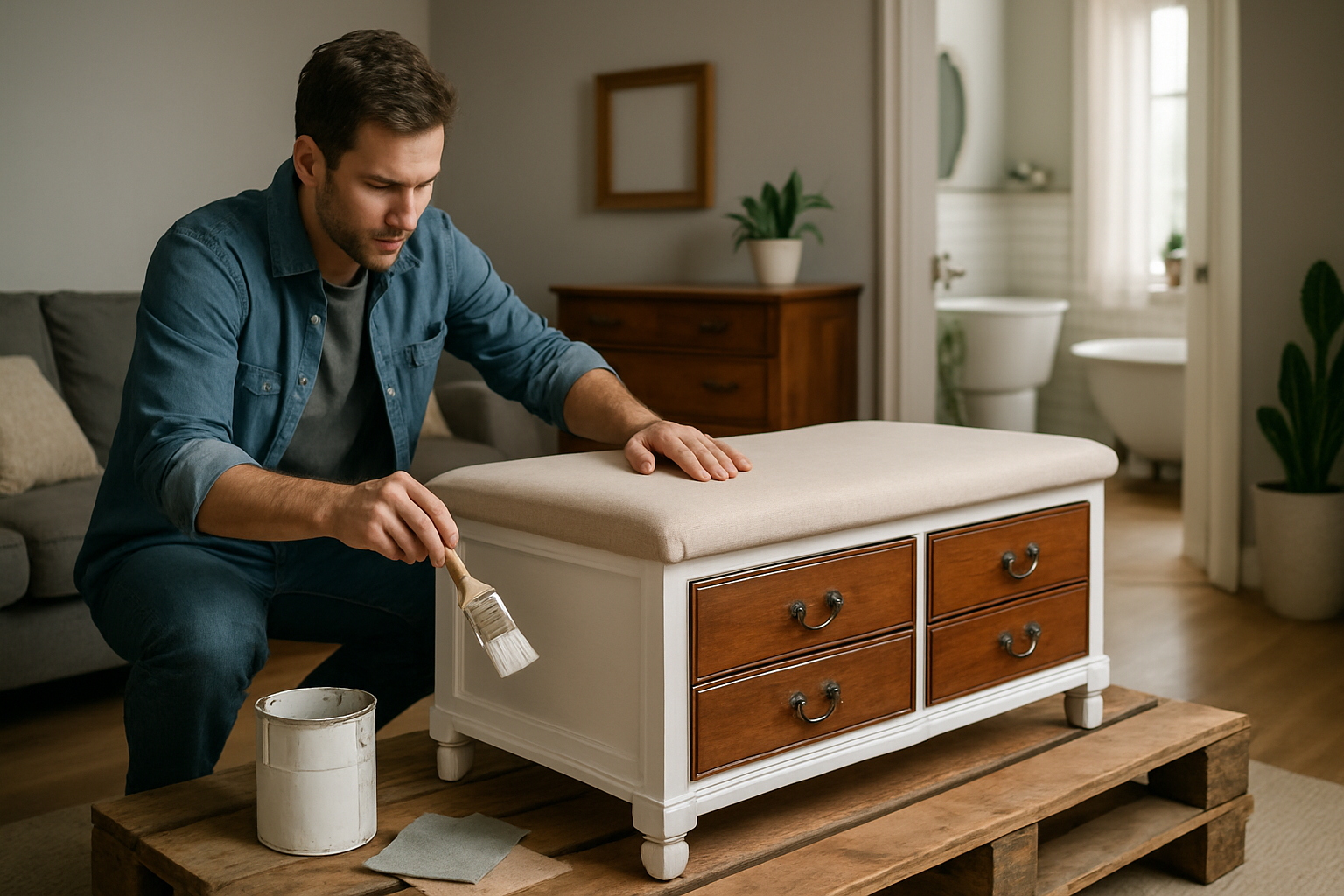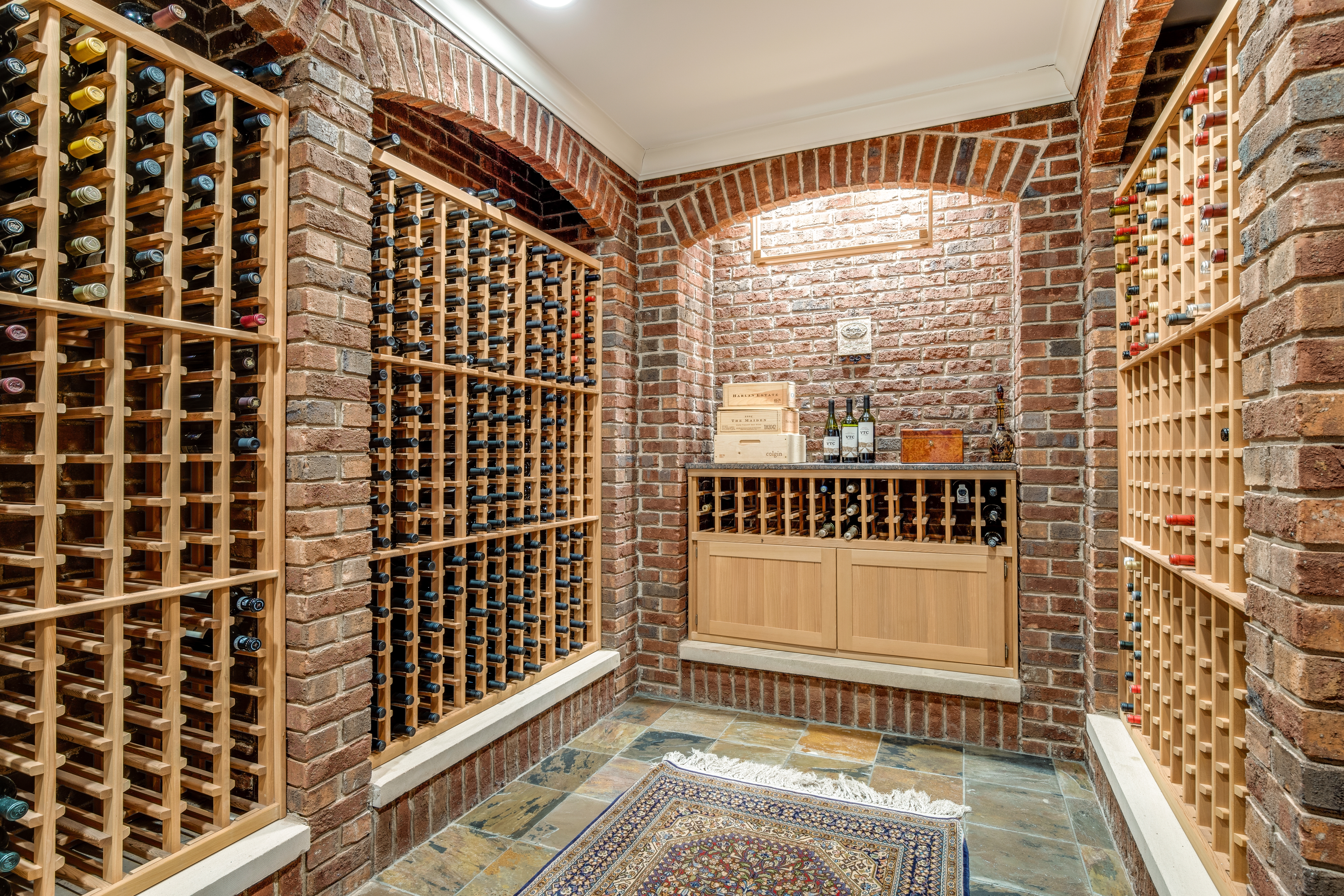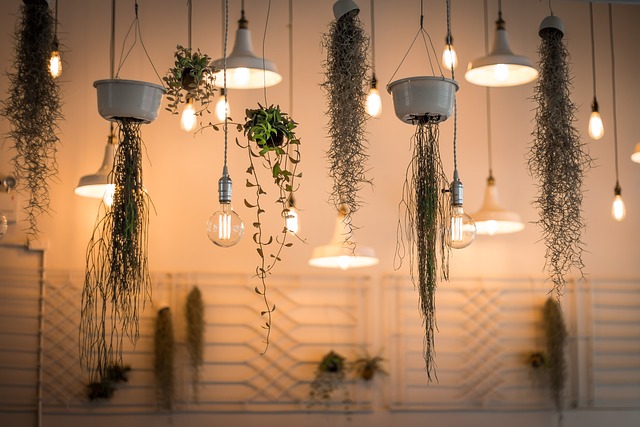Revolutionizing Living Spaces: 2025's Trending Alternatives to Traditional Sofas
Sofas are evolving in 2025 as new living room trends bring innovative seating options. Modular pieces, cozy loungers, and multifunctional furniture are gaining popularity, offering flexibility and style. Discover what’s replacing traditional sofas and transforming living spaces this year.

The Rise of Modular Seating Systems
Modular furniture is leading the charge in 2025’s living room revolution. These versatile pieces can be arranged and rearranged to suit different occasions, from intimate gatherings to larger social events. Contemporary modular systems feature individual segments that can function independently as chairs, ottomans, or when combined, create expansive seating arrangements. Many include built-in storage compartments and charging stations, addressing both aesthetic and practical needs.
Smart Loungers and Convertible Pieces
Smart furniture technology has evolved significantly, introducing loungers with integrated features like climate control, massage functions, and voice-activated position adjustment. These pieces often double as day beds or guest sleeping options, maximizing space utility in modern homes. The trend toward multifunctional furniture reflects the growing demand for furniture that serves multiple purposes without compromising on style or comfort.
Floating Pods and Suspended Seating
One of the most striking living room trends for 2025 is the emergence of floating pod chairs and suspended seating options. These statement pieces create visual interest while offering a unique seating experience. Ranging from elegant hanging egg chairs to futuristic levitating pods with built-in speakers and ambient lighting, these alternatives provide both comfort and conversation-starting appeal.
Sustainable Materials and Biophilic Design
The shift away from traditional sofas has coincided with increased emphasis on sustainable materials and biophilic design elements. Manufacturers are utilizing recycled materials, bamboo, cork, and other eco-friendly alternatives to create seating that connects users with nature. Living room furniture trends now incorporate organic shapes, natural textures, and even integrated planters, bringing the outdoors inside.
Built-in Seating Solutions
Custom built-in seating is gaining popularity as homeowners seek to maximize space efficiency. Window seats, banquettes, and integrated bench seating offer permanent solutions that can be tailored to exact specifications while providing additional storage options. These built-in elements often feature modular cushioning systems that can be easily updated or replaced.
Popular Living Room Seating Alternatives Comparison
| Seating Type | Average Cost Range | Key Features | Space Efficiency |
|---|---|---|---|
| Modular System | $2,000-$5,000 | Customizable configuration, storage options | High |
| Smart Lounger | $1,500-$4,000 | Tech integration, convertible design | Medium |
| Floating Pod | $800-$2,500 | Statement piece, space-saving | High |
| Built-in Seating | $3,000-$8,000 | Custom design, storage integration | Very High |
| Sustainable Set | $2,500-$6,000 | Eco-friendly materials, natural elements | Medium |
Prices, rates, or cost estimates mentioned in this article are based on the latest available information but may change over time. Independent research is advised before making financial decisions.
The evolution of living room furniture continues to accelerate, with traditional sofas giving way to more adaptable, technology-integrated, and sustainable alternatives. These new options not only reflect contemporary lifestyle needs but also demonstrate how furniture design is responding to changes in how we use our living spaces. As we progress through 2025, expect to see even more innovative solutions that challenge conventional seating arrangements while enhancing comfort and functionality.




